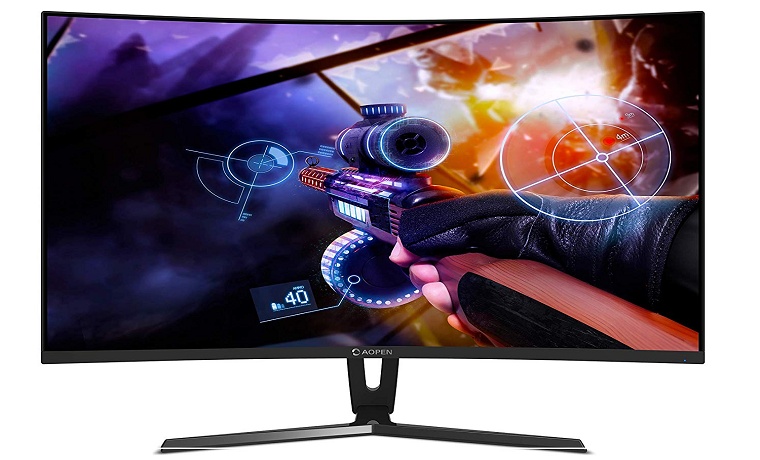Monitors are the visual embodiment of gaming. They are the vessels which transport you to fantasy worlds, climatic sporting events, warzones and management boardrooms. As the window to gaming, you want to make sure you have the best monitor for your computer. But where do you start?
Gaming monitors come with a dazzling array of specifications and price tags. Deciding what you need and where to spend your money will come down to your own specific gaming needs. One gamer’s ideal monitor will not necessarily be fit for another gamer’s priorities. Here, we explore how to choose the right gaming monitor for your PC setup.
Resolution
The first thing you will likely notice when shopping for gaming monitors are the differing resolutions. Essentially, the higher the resolution, the better the picture. The number refers to the pixel count, so a 1080p monitor has less pixels than a 2160p monitor.
However, rather than just throwing your cash at a monitor and going for the most expensive money can buy, take some time in researching the capabilities of your hardware. Only the most powerful gaming pcs will be able to provide a quality experience on a 2160p monitor. Moderate rigs will manage with 1440p. But if your gaming setup is a few years old, it will likely be unable to maintain a stable and seamless experience at anything above 1080p (HD).
Refresh Rate
The refresh rate is the number of frames the monitor can display per second. This is measured in hertz (Hz), with bigger numbers offering smoother and less choppy gaming experiences. A 144hz monitor has become the new benchmark for gaming. 60hz monitors simply cannot provide a seamless image for most games.
It is also worth noting that your monitor will only be able to provide a refresh rate that your graphics card can support. If you have a monitor with a 240hz refresh rate, but your graphics card will not support anything above 144hz, you will not get the most out of your monitor.
TN vs IPS?
Most gaming monitors will either be TN or IPS panels. TN monitors are cheaper and have a faster response time, meaning the pixels in the screen can go from black to white quicker. Many TN monitors have a response time of 1-2ms, compared to around 5ms for IPS.
However, this doesn’t automatically mean TN monitors are better. IPS monitors, while more expensive, tend to have much better color displays and much wider viewing angles. Unless you are sitting directly in front of a TN screen, you will not see the image in its fullest quality.
Ultimately, the choice between TN and IPS will come down to personal preference, gaming style, and budget. Either will support your gaming needs and you alone can choose between them.
FreeSync or G-Sync?
The final thing you will likely have to consider when choosing the gaming monitor for your PC is whether to go for a monitor running AMD’s FreeSync, or Nvidia’s G-Sync.
Both of these technologies are designed to eliminate tearing and stuttering. Your decision on this will largely be determined by your hardware. If you are using Nvidia hardware, then it makes sense to go for G-Sync. Likewise, if you are running AMD hardware, you should opt for FreeSync.
If you have a choice and have not yet picked a camp for your hardware, FreeSync does the same job for a much cheaper cost.

